|
Lucky as we are, to have Hagley Park for winter walks we are even luckier to have the Port Hills. And our english forefathers didn't even have to 'arrange' these for us as in Hagley Park, because they were already there! The result of volcanic activity millions of years ago, which violently flung up molten rock from the sea-bed, forming the Port Hills and Banks Peninsula as we know it today. 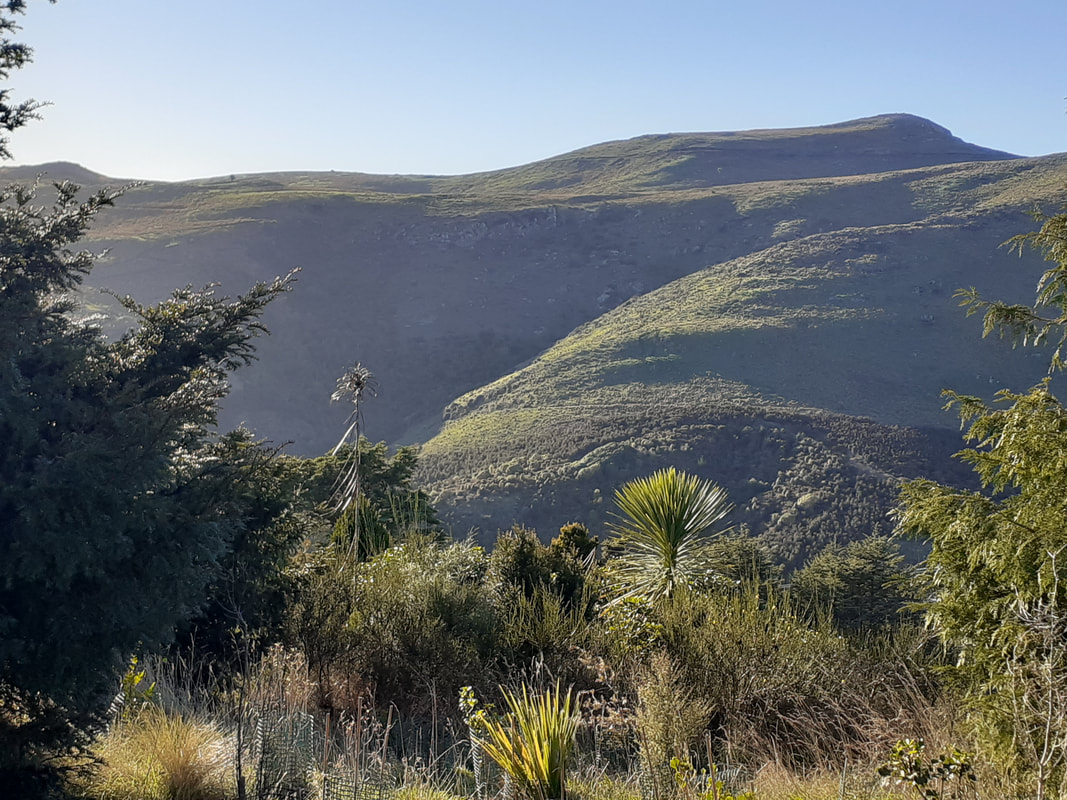 The hills which we find so convenient for our Saturday morning stroll were formed from the lava flows of the of the thankfully, extinct volcano which forms Lyttelton Harbour. And the Port Hills are a circular arc at the north west edge of the crater where Banks Peninsula meets the Canterbury Plains. The hills which we find so convenient for our Saturday morning stroll were formed from the lava flows of the of the thankfully, extinct volcano which forms Lyttelton Harbour. And the Port Hills are a circular arc at the north west edge of the crater where Banks Peninsula meets the Canterbury Plains. When volcanic activity finally cooled, it left a rather odd hilly circular landform jutting out from the plains into the Pacific ocean, and was formed from 2 separate volcanic episodes which left two huge craters allowing the sea to rush in - Akaroa and Lyttelton Harbours! The hills which were formed from the lava flows of the of the thankfully, extinct volcano creating Lyttelton Harbour, became known as the Port Hills. Forming a circular arc at the inland edge of the crater where Banks Peninsula meets the Canterbury Plains, these are the hills which we find so convenient for our Saturday morning stroll. It's not that much of a stroll any more actually! The Saturday morning 'stroll' up the hill was much easier a few years ago. But we are all growing older, so I would call it a climb rather than a stroll as most of us puff and pant our way up through these paths to reach the top. These days we have to cope with the odd ailment or 2 which might slow us down - a hip, a knee, lungs, heart - whatever. But of course we don't let these things stop us. 'It's good for us' we tell each other 'keeps us young and agile'. So on we go! Whether it's rocky paths or wintry muddy tracks, it's all up. We plough upwards as younger more agile walkers streak past us, calling out a cheery hello as they power on up, beyond us and out of sight. But we don't mind - we just keep on keeping on at our own pace! The vegetation always intrigues me. We walk through introduced coniferous forest where you could imagine you are somewhere in North America and then suddenly you are into New Zealand secondary growth native bush where you feel quite at home. There may still be pockets of original native bush in the nooks and crannys of valleys in these hills, but the areas we go through are second growth natives as more of these hills are regenerating and in some areas being replanted with natives. Most of this deliberate planting has been done by volunteers, eager to recapture the original hills, as they may have been before we Europeans cleared such a lot of the natural vegetation in order to develop farmland. While most of us enjoy the authenticity of native planting, exotics are also valuable in helping to stop erosion, and keeping the Port Hills intact.
6 Comments
Matthew Kilty
14/8/2021 10:21:03 pm
Excellent!
Reply
Gillian Mendonca
14/8/2021 10:46:09 pm
Spot on Robyn
Reply
Gillian
15/8/2021 02:29:31 pm
Thanks Gill - I know that you, too, find the 'hills' uplifting!
Matthew
15/8/2021 02:25:52 pm
Gee Thanks Matthew - praise indeed from you - does it make you feel a wee bit homesick for ChCh?
Reply
Henrietta
15/8/2021 06:37:24 pm
During my time away from ChCh I thought it was the Alps I missed, but coming home I realised how much I had missed the Port Hills. Thank you Robyn for reminding me to venture up them more often.
Reply
Tish
19/8/2021 05:09:28 am
Lovely. Spring will come soon.
Reply
Leave a Reply. |
Details
Archives
July 2023
Categories |

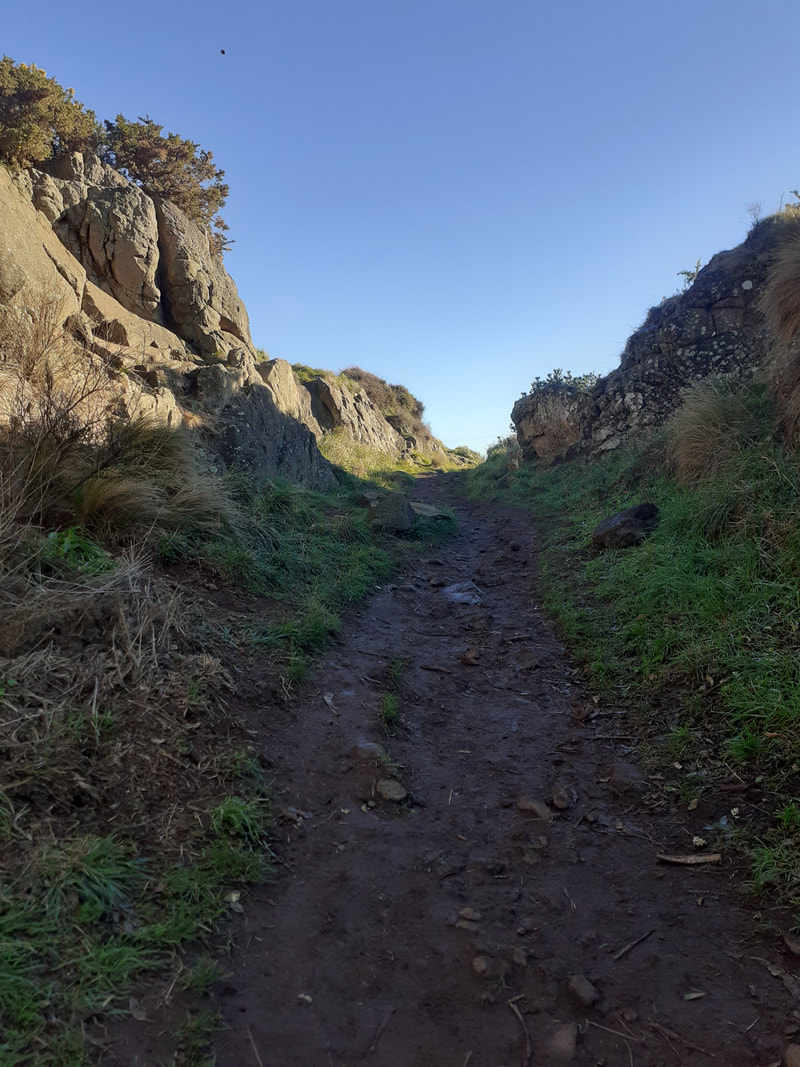
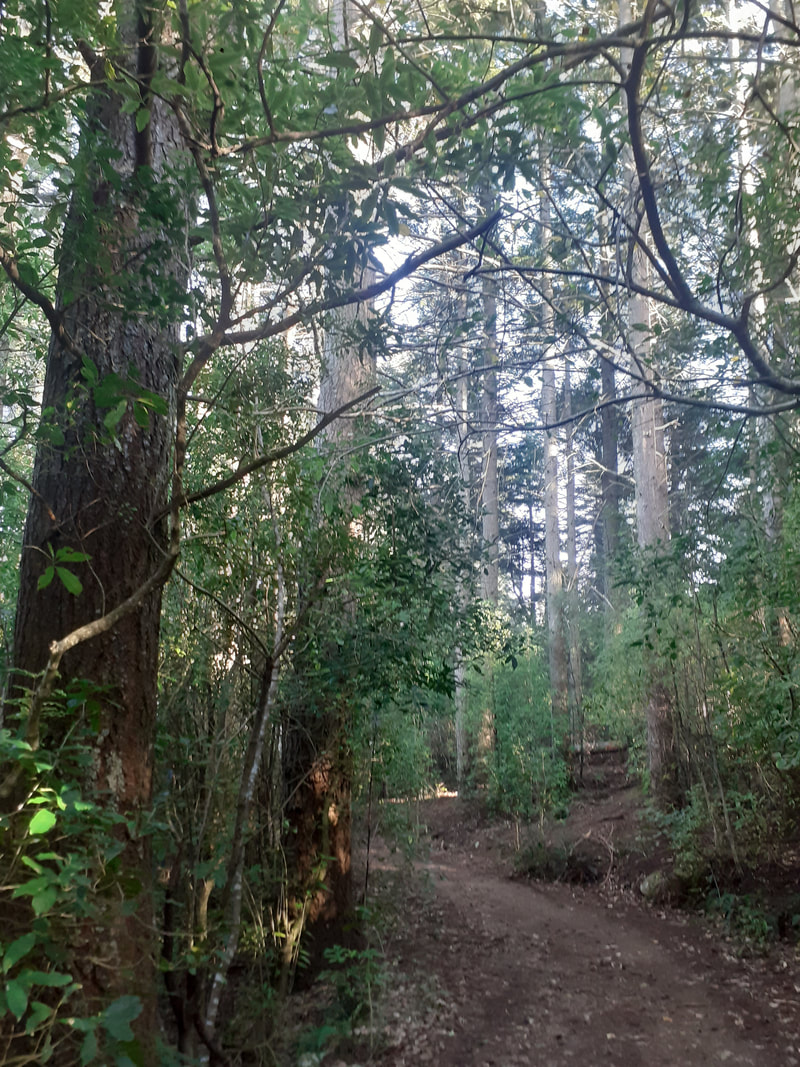
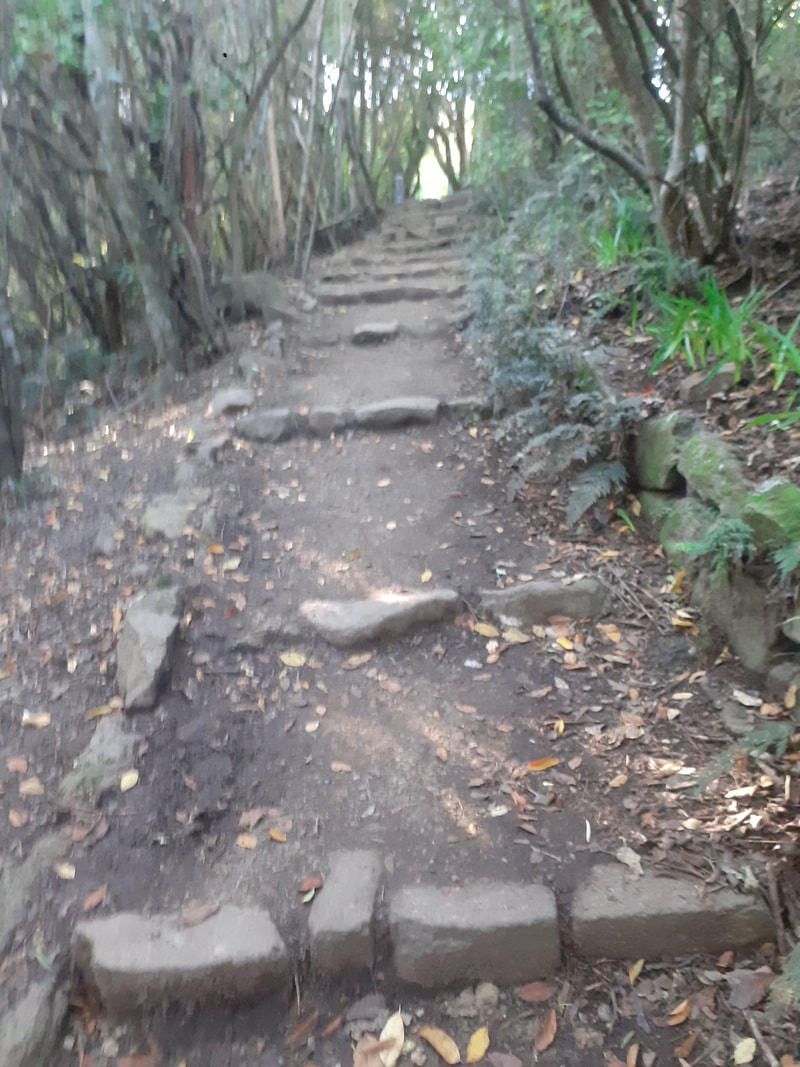
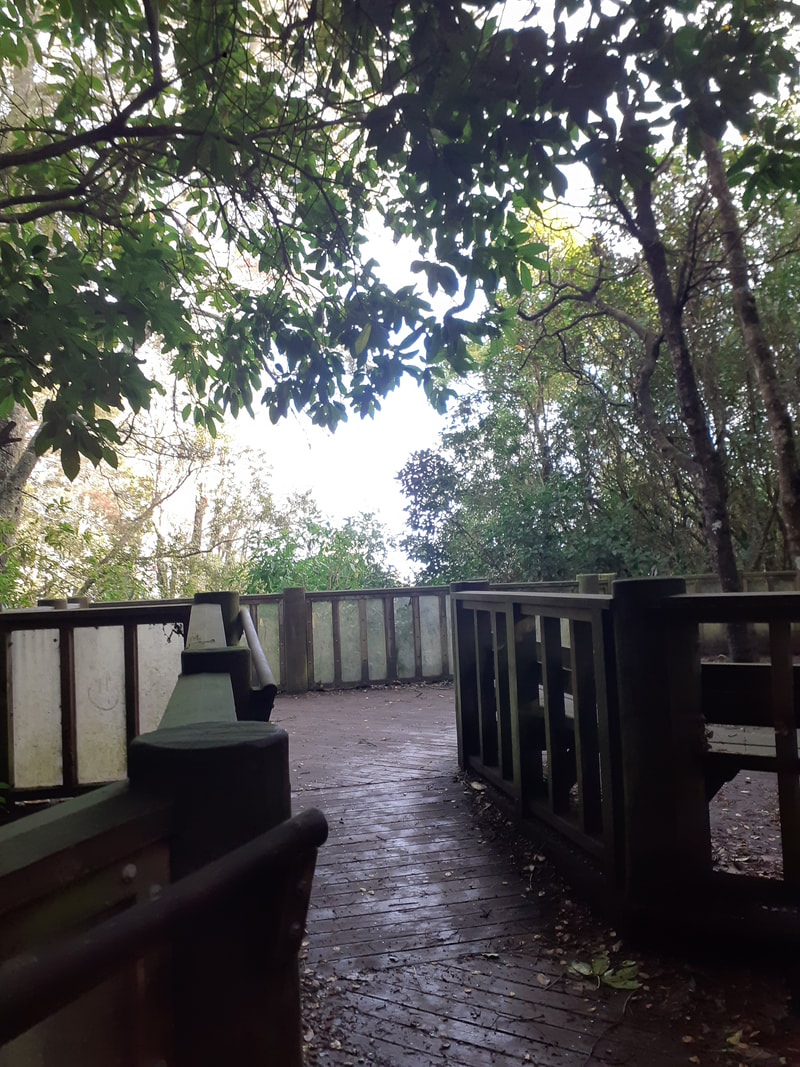
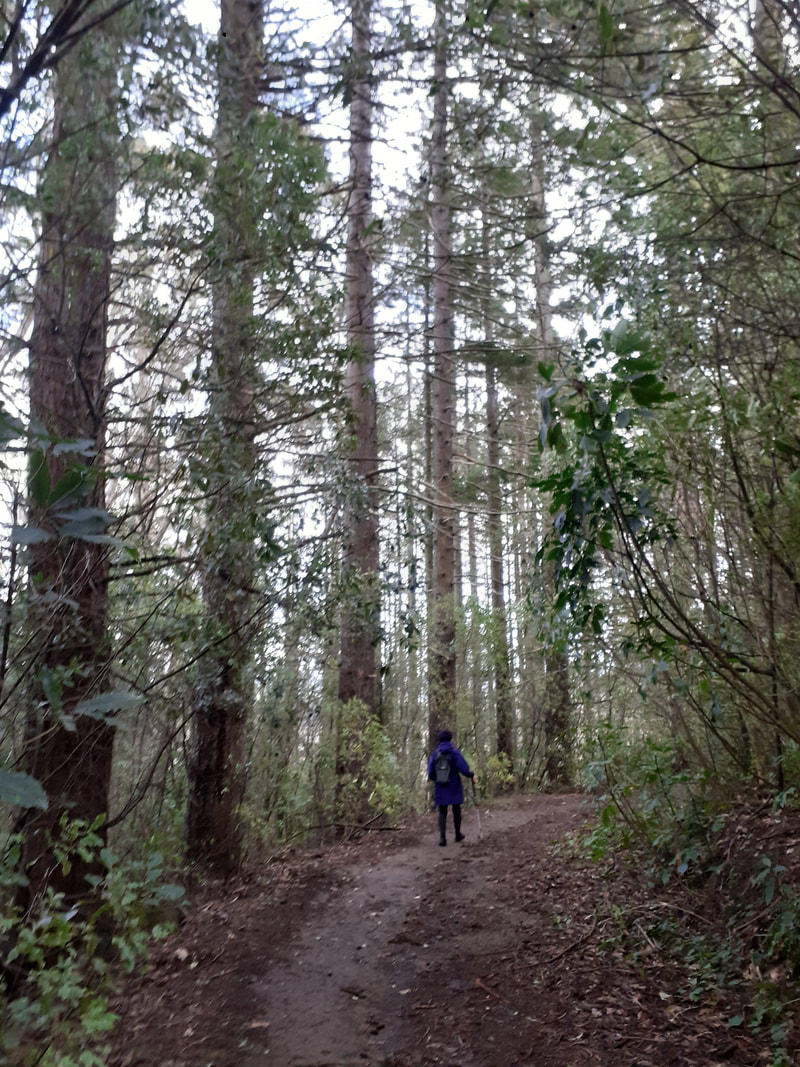
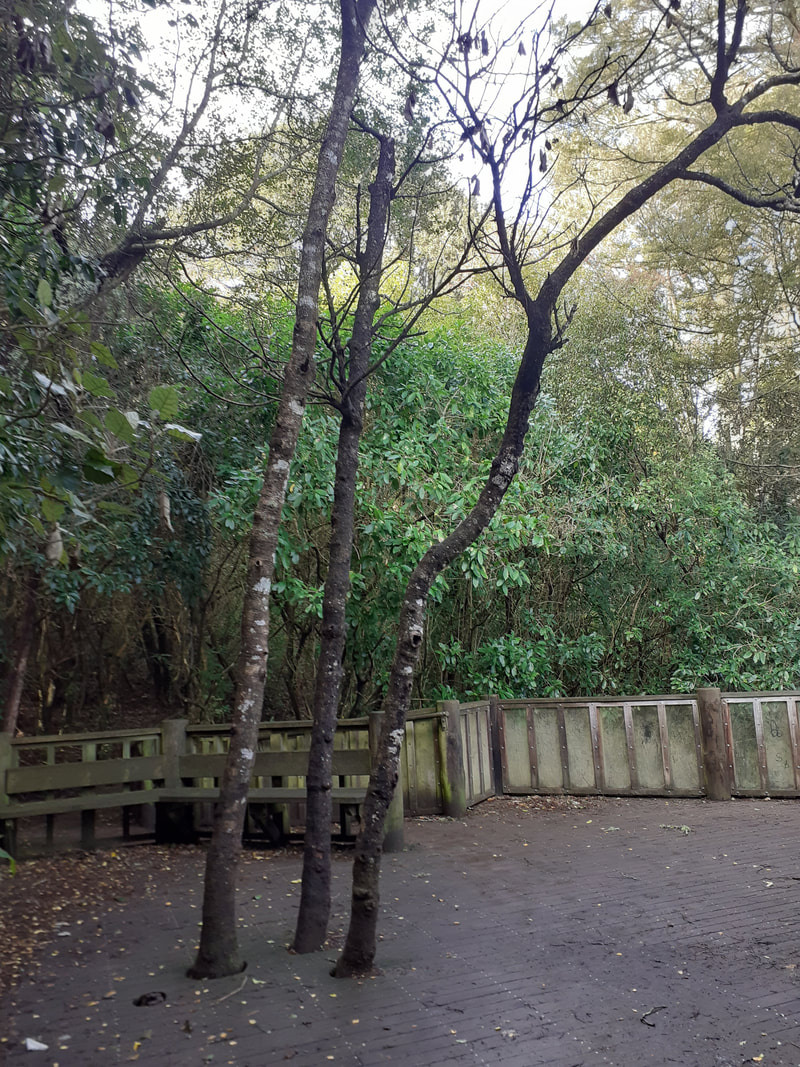
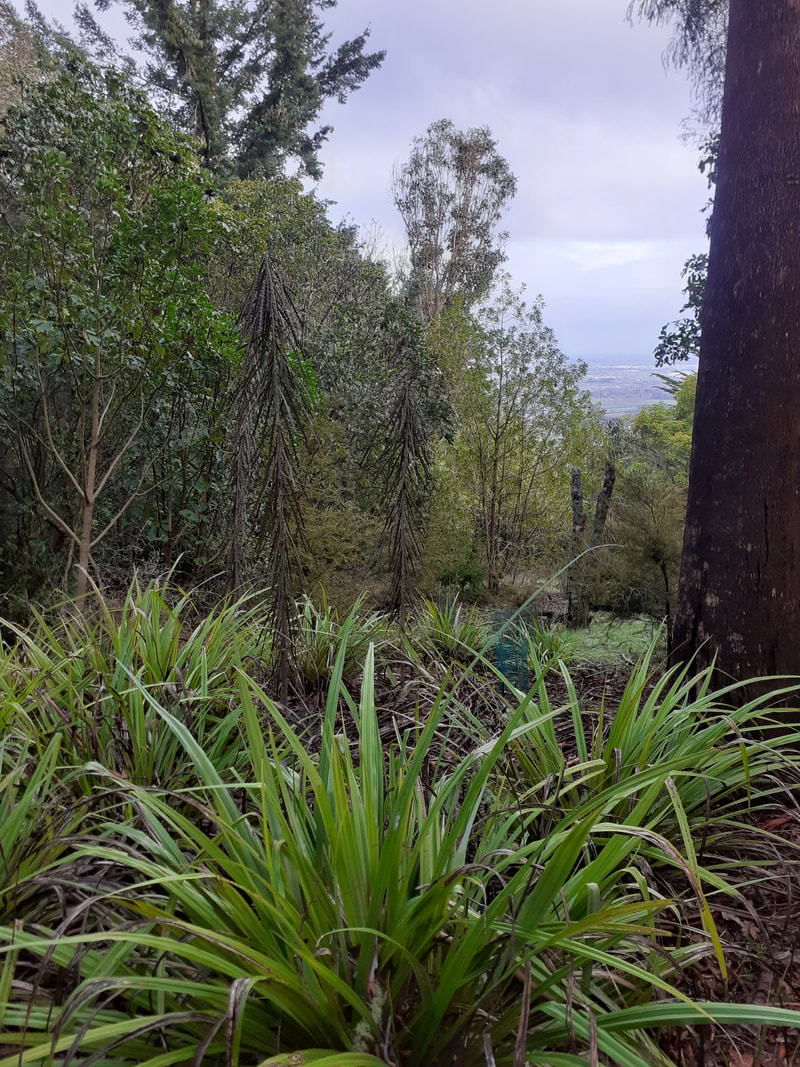
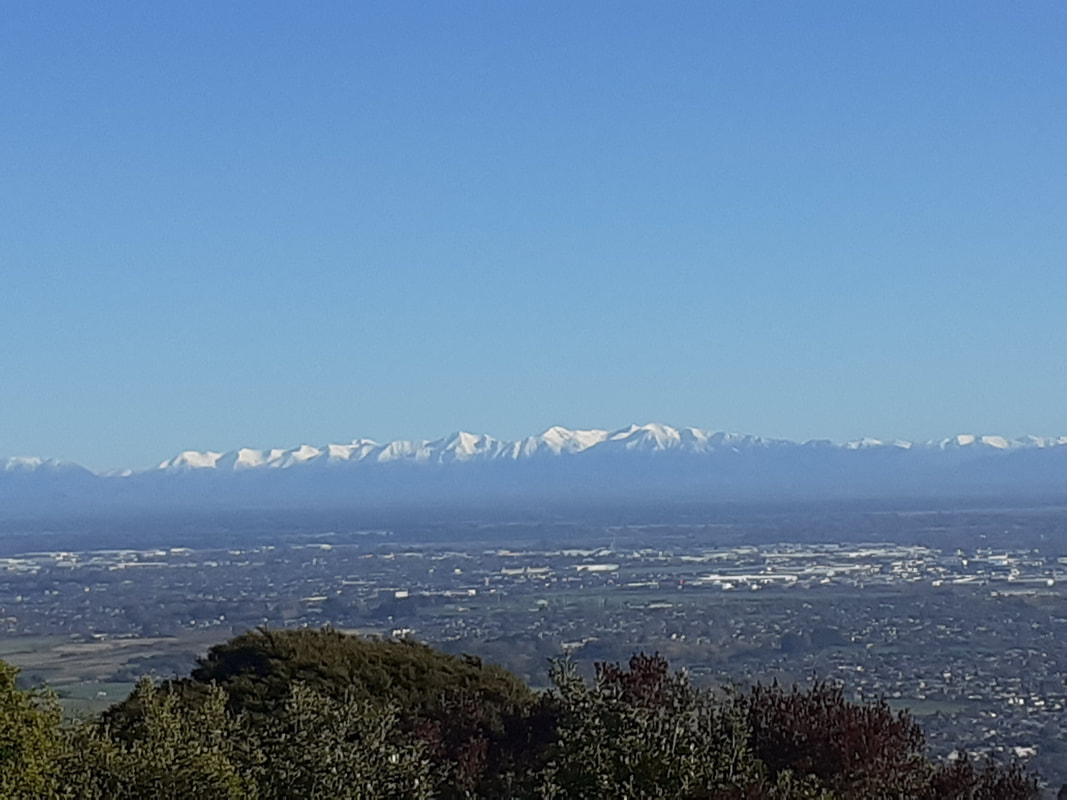
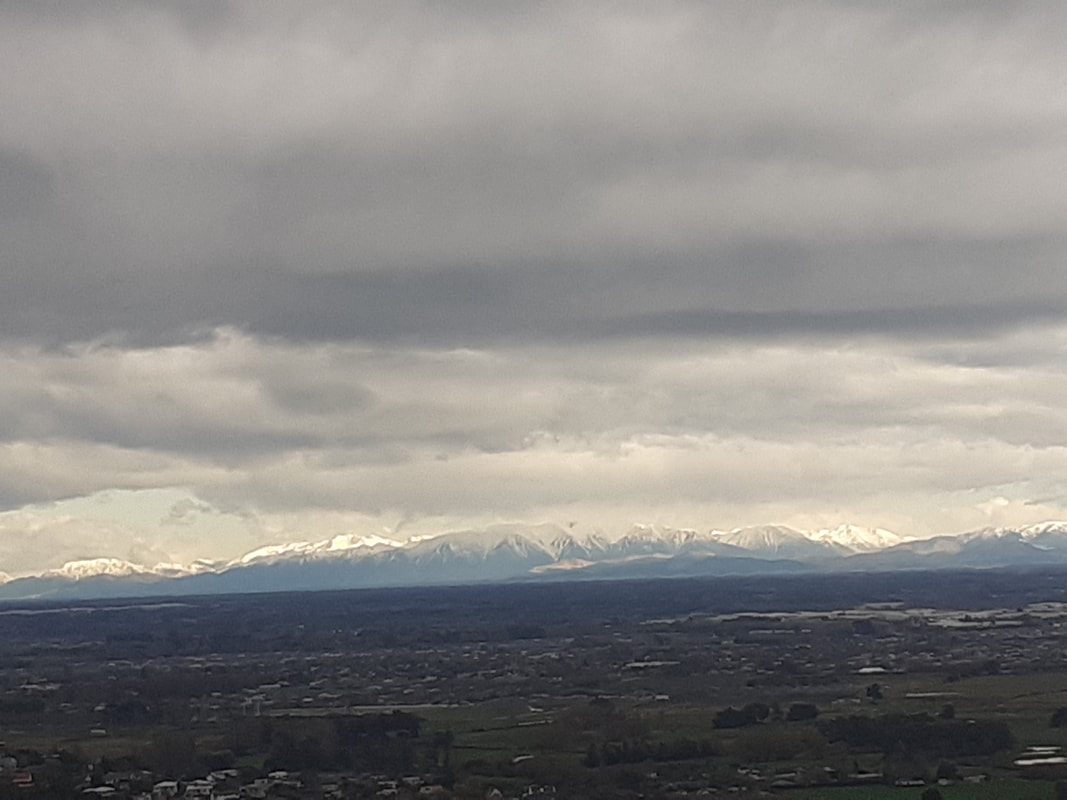
 RSS Feed
RSS Feed
